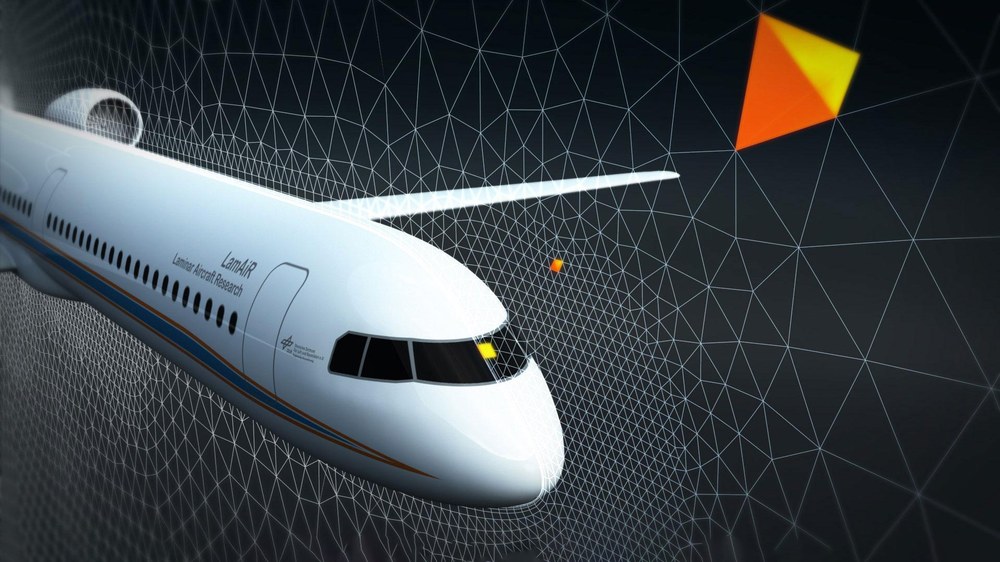The VPH was funded through a start-up project by the State of Bremen and the European Regional Development Fund (ERDF). In the follow-on project "VPH 2.0 - Virtual Product Development for Climate-Friendly Aircraft", DLR worked with Bremen-based industrial partners to develop virtual and physical components for future wing moveables and hydrogen tanks. The VPH2.0 project was funded by the Bremen LuRaFo and the EU REACT programme.
Embedding of the Virtual Product House into DLR's Strategy for the 'Digitalisation of Aviation'
Together with four recently founded institutes, the VPH is an integral part of the DLR aeronautics research strategy for the ‘digitalisation of aviation’.
It is intended to serve as a dynamic and flexible network platform, where various DLR institutes work together with partners to pursue the ambitious goals of virtual design, testing and certification. The DLR virtual certification strategy aims to reduce the duration and cost of certification tests by using complementary virtual (that is, simulation-based) flight and ground tests, leading up to a complete virtual certification process as a long-term goal. This long-term vision is part of the DLR aeronautics programme. It intends to virtually represent the aircraft with all its characteristics over the entire lifecycle. Therefore, a multiphysics, multiscale and multifidelity approach is required to closely link design and flight physics capabilities with virtual testing, production and operations.



